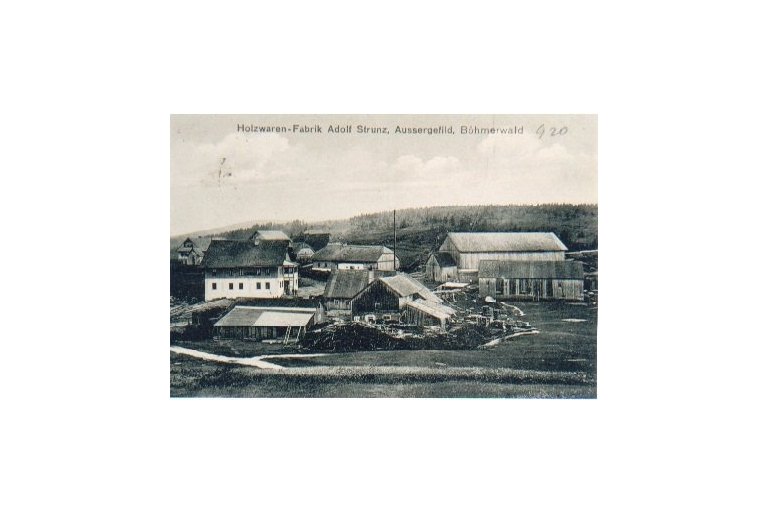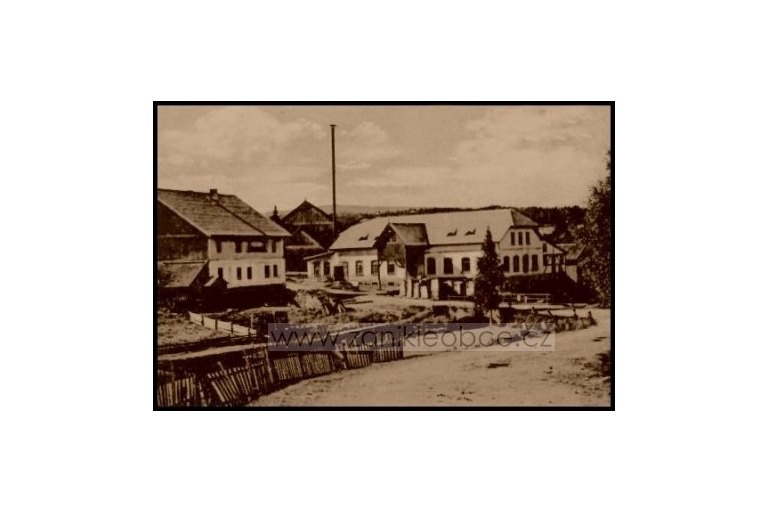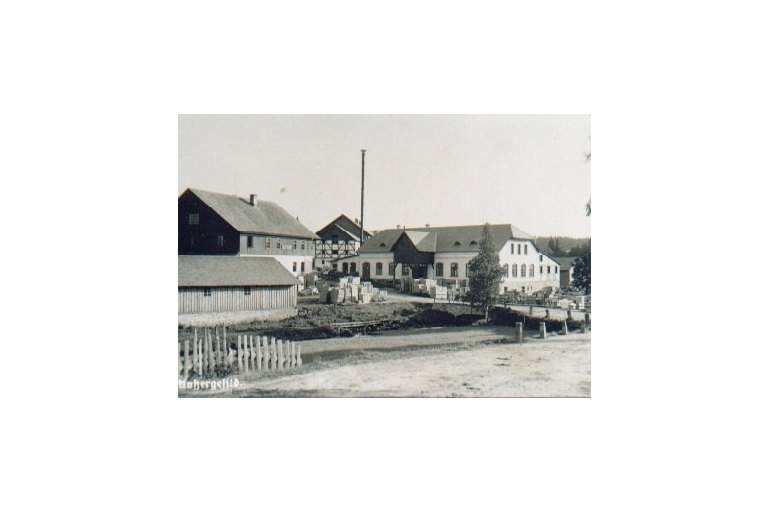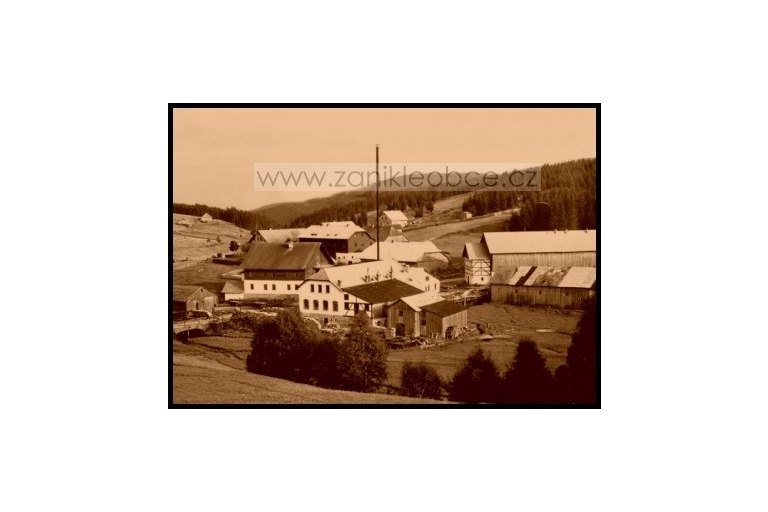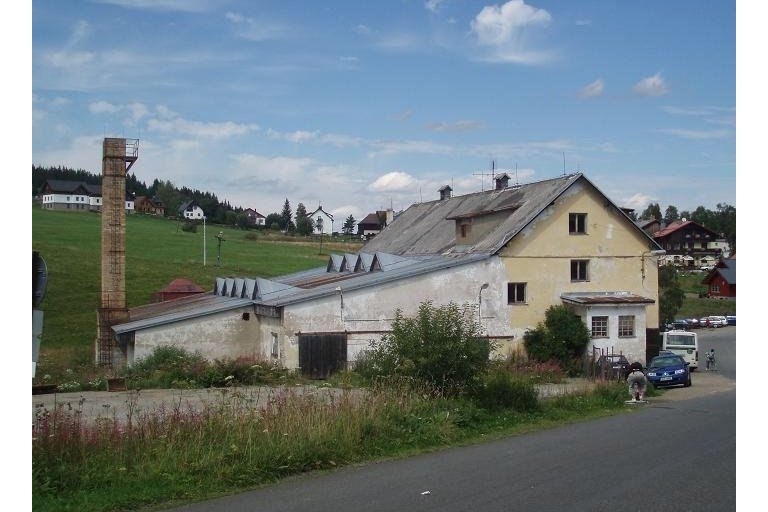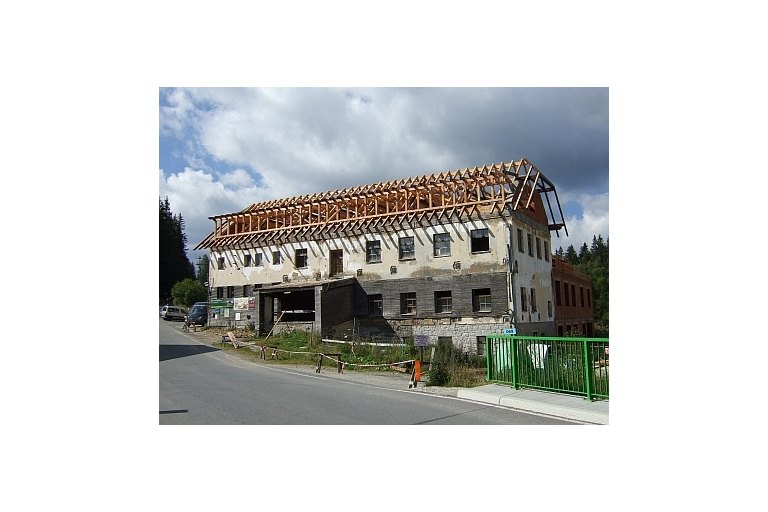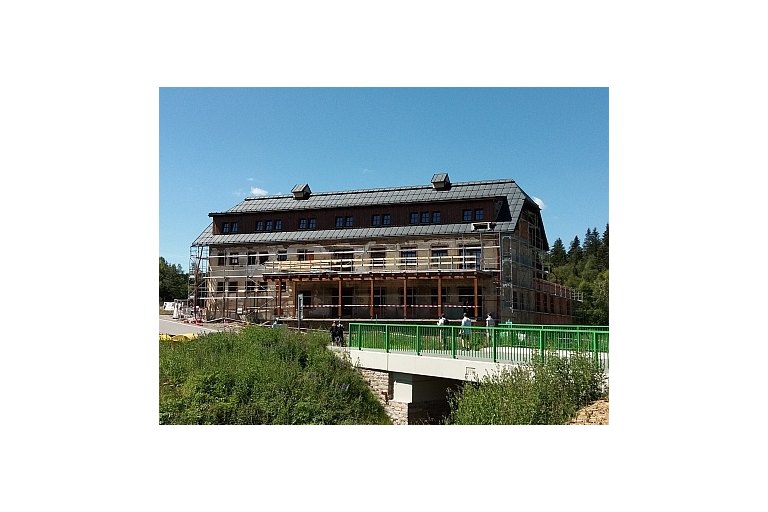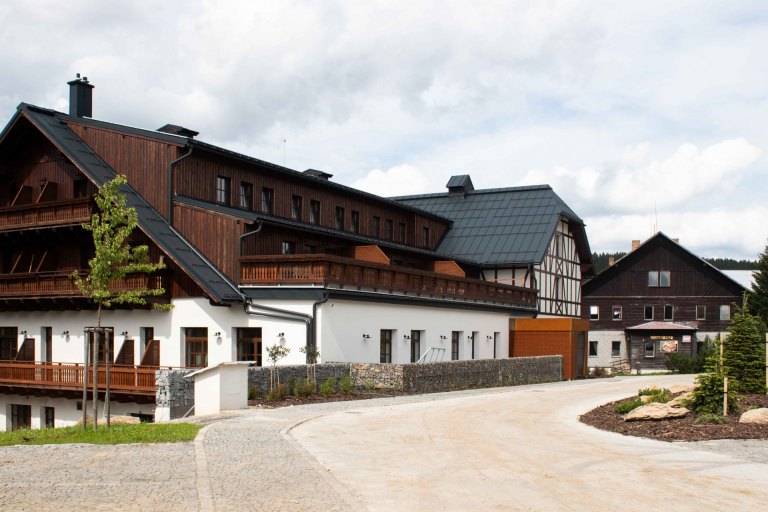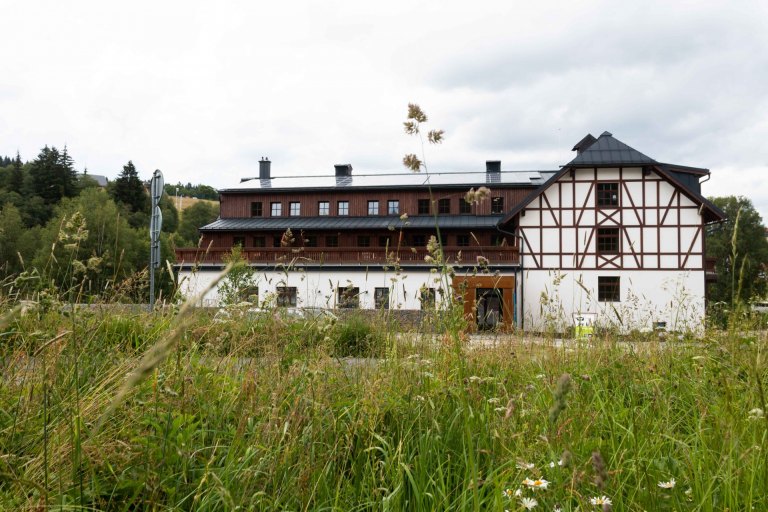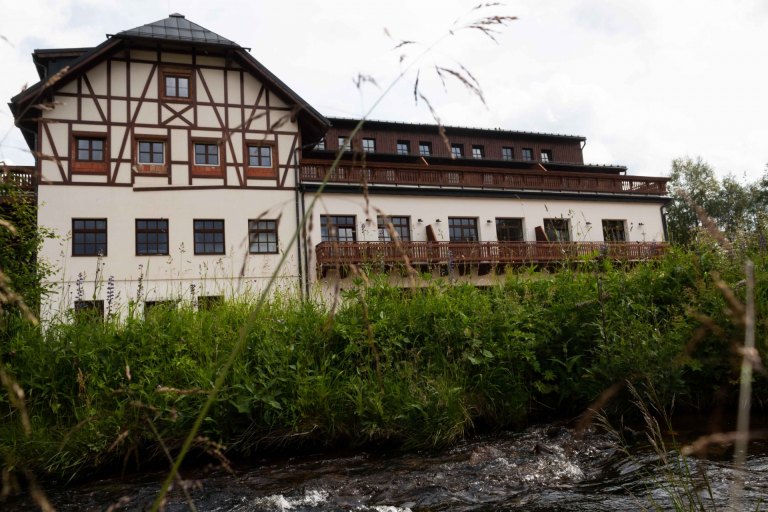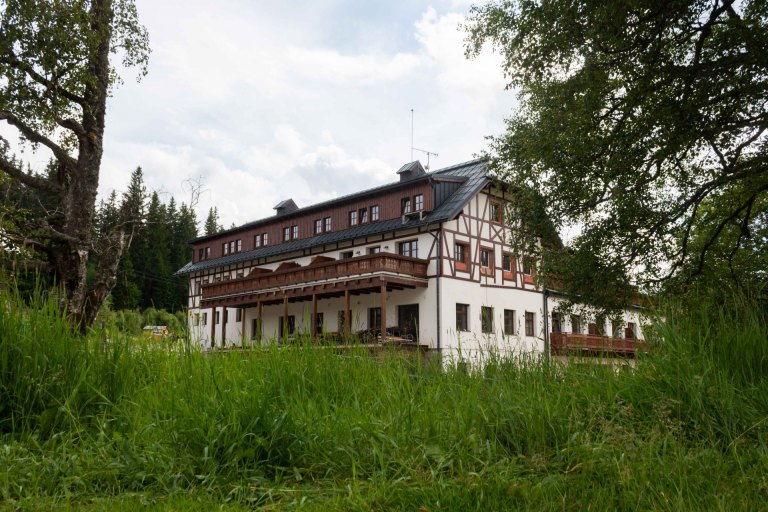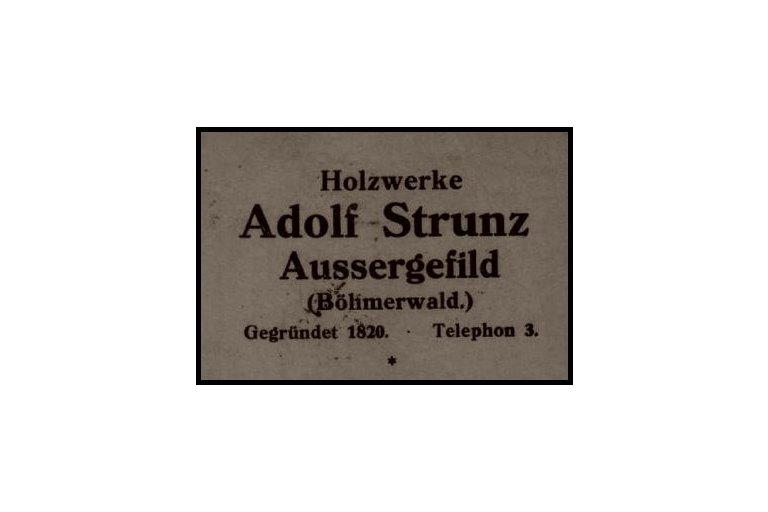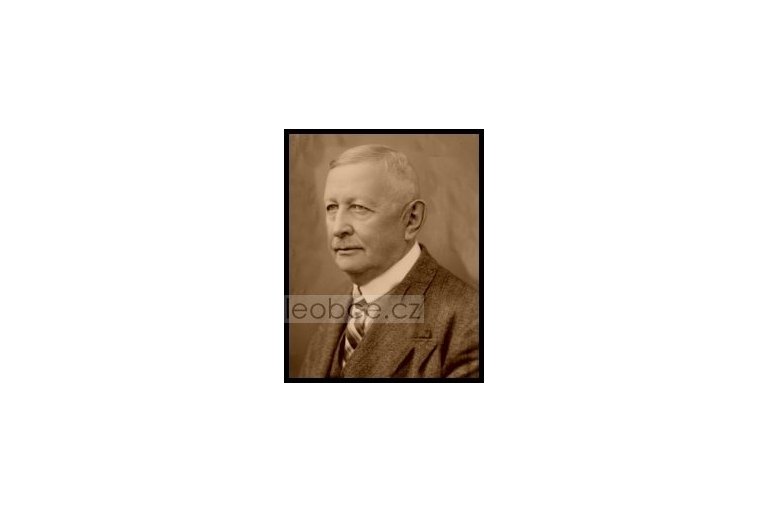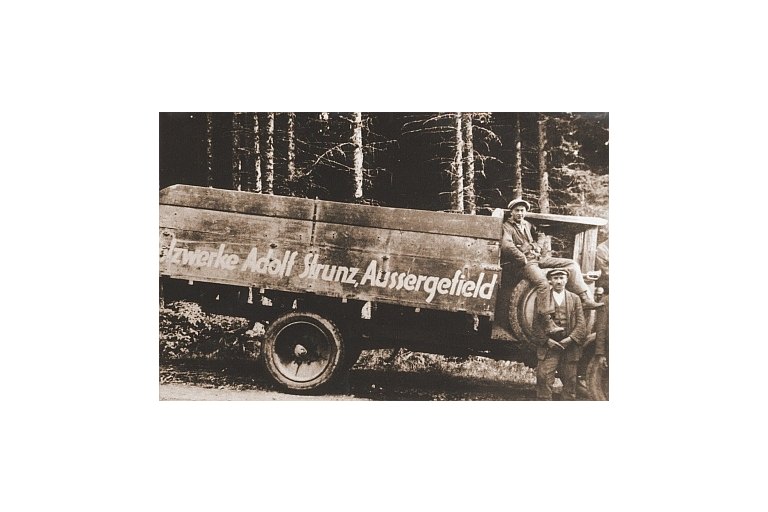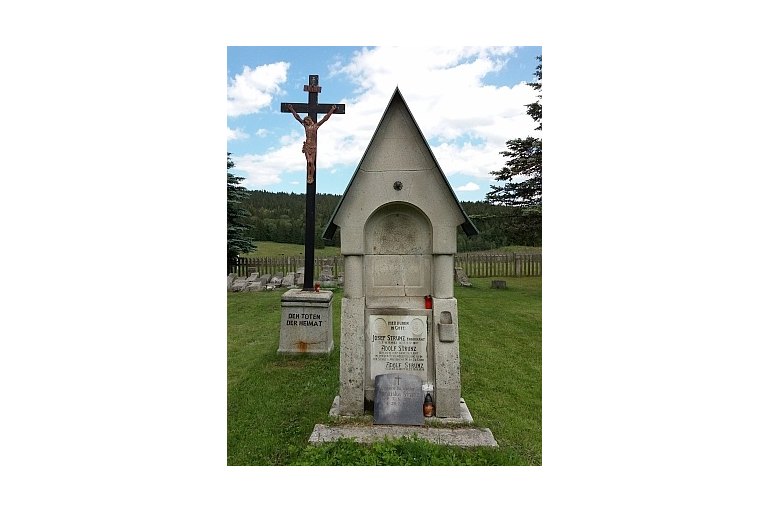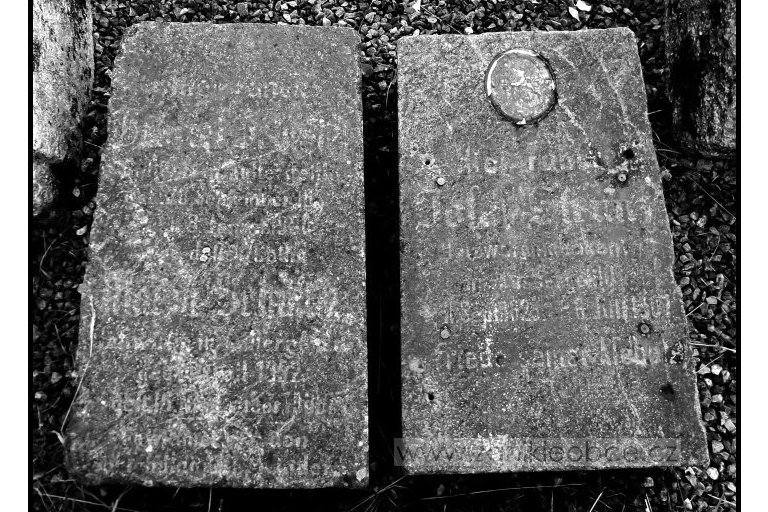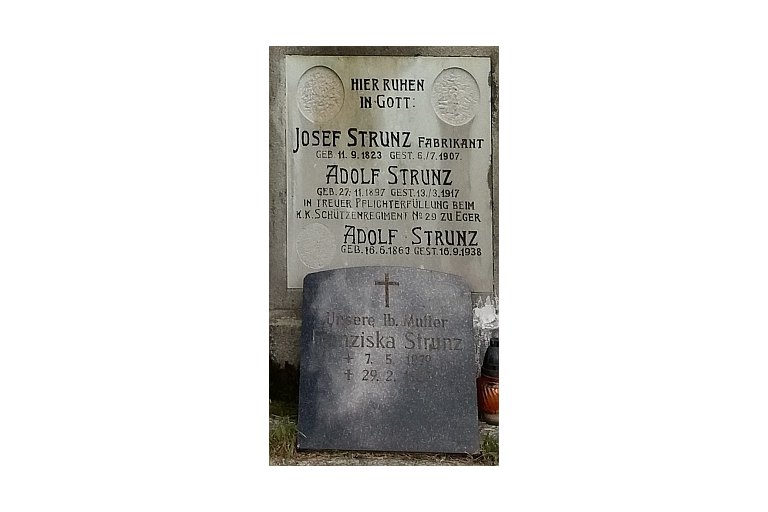History
Strunz sawmill
The sawmill, which processes construction and resonance wood as well as a number of other products, was founded in 1820 by Petr Strunz and gradually gained world fame. It was an important industrial enterprise within Kvilda. Josef Strunz (1823 - 1907) was a prominent figure at its head. The one in the 2nd half 20th century in order to improve the transport connection between the village and the surrounding area, he introduced a regular fortnightly transport of goods, which was carried out by horse-drawn carts - company products were transported on the Kvilda - Strakonice route, and on the return journey, the entrepreneur brought various foodstuffs and goods to the village for the Kvilda merchants, of whom there were a large number. In addition, Formani also carried out the transport of postal parcels to Vimperk and Passau. In addition, Josef Strunz contributed to the construction of the railway from Strakonice to Vimperk in 1893 and from Vimperk to Volar in 1899 and to the new premises of the Kvilda school, because for this purpose he donated a room in the extension of his house no. 34 to the village in 1874 - points of interest is that the extension was made of wood that Strunz used from the building of the hunting lodge built on the outskirts of Kvilda in 1842-3 by Count Vilém Wurmbrand-Stuppach, the owner of the Zdík manor. After several fires, the nobles sold the damaged building to Strunz in 1846, and twenty years later he had it dismantled for building material. In the 1920s (the plant - until World War II - was led by Adolf Strunz) the sawmill was modernized, as part of which 2 trucks and 1 passenger car were purchased in 1926, which drove the daily route to Vimperk and, in addition to the cargo, transported even some of the inhabitants of Kvilda who needed to go to the city. The grave of some members of the Strunz family is located in the modified Kvilda cemetery next to the church.
Source: Jaroslava Vávrová - Chapters from the past of Kvilda
Strunz sawmill (Pila Kvilda, Holzwerke Strunz, Aussergefild) appears in the film trilogy with Tomáš Holý - Under the Badger Rock, On the Poacher's Trail, Behind the Thorn Bush. The trilogy was filmed right at this sawmill and in its immediate surroundings. The sawmill ceased operations in the 1990s.
The village of Kvilda
The first woodworkers settled in this location from the end of the 15th or the beginning of the 16th century. However, it is possible that gold prospectors settled here (at least seasonally) earlier. However, the name Kvilda in connection with the naming of the local forest tree is documented as early as 1345. The village was most likely founded by settlers in the 16th century, as the very first written mention of Kvilda (as a permanently settled village) dates from 1569. At the end of the 18th century, Hammersmiths and glassworks were starting to emerge in the vicinity of Kvilda. Further impulses to the development of Kvilda were the wind and subsequent bark calamities that took place here in the second half of the 19th century. The ("central") Kvilda proper was the first to be settled. Later, in connection with the development of hammer mills and glassworks, parts of the village of Hamerské Domky, Svatý Jan and Hraběcí Huť were created. The youngest settlement is in the Lesní Chalupy and Vilémov parts of the village. The local population peaked in the second half of the 19th century and then slowly declined with a few minor fluctuations (in 1900 and 1920). A significant population decline was caused by the displacement of the German population after the end of World War II and the subsequent lack of resettlement by settlers from the interior. This was the cause of the complete disappearance of the settlement in parts of the village of Hraběcí Huť and Lesní Chalupy. Until the end of the 1950s, new settlers came, thanks to which the number of inhabitants increased slightly. However, from around the 1960s, the population slowly declined. In 2011, the number of inhabitants was much lower than in the past, the population density in the peripheral parts of the village was lower, in contrast to the center of the village of Kvilda, where the population density was, on the contrary, higher than it was in the past. Historical events in the first half of the 20th century significantly dampened the development of the village. The entire situation was further aggravated by the removal of a large majority of the local population after the end of the Second World War and the subsequent creation of the border zone. In the middle of the village stands the neo-Gothic stone church of St. Stephen, built in 1892-1894. Similar to many Šumava cottages, the stone masonry of the church is lined with shingles to better protect it from the harsh weather here. The original wooden church from 1765, dedicated to the Finding of the Body of St. Stephen, was also lined with shingles. However, this church was destroyed in a great fire in 1889, along with 18 other houses and the local school. At the same time as the original church, a cemetery was also established on the adjacent area. In 1978, due to the decision of the then authorities, this historic cemetery was completely liquidated. The metal crosses and other parts of the graves were sold to collecting raw materials, the tombstones were taken to the inaccessible border zone in the area of Hraběcí Huti. It wasn't until the spring of 2004 that these tombstones were brought back to Kvilda and placed again in the area of the former cemetery. The abolition of the guarded border zone and the free movement of the population even to the Bavarian side of Germany after the Velvet Revolution (after 1989) accelerated the development of the municipality. In 1994, the existence of the two-class law was definitively terminated in Kvilda
The abolition of the guarded border zone and the free movement of the population even to the Bavarian side of Germany after the Velvet Revolution (after 1989) accelerated the development of the municipality. In 1994, the existence of a two-class elementary school in Kvilda was definitively terminated. Since 2015, the village has experienced an unprecedented stormy development. Today, Kvilda is primarily a year-round tourist center with a number of guesthouses and private cottages serving winter and summer recreation. The Šumava NP information center is located in the center of the village. On the Bučina - Finsterau tourist trail, there is a designated point for crossing into Germany.
- altitude: 1,065 m (highest village in the Czech Republic)
- the average temperature on Jezerní slat is 2 °C
- the minimum daily temperature of -41.6 °C was recorded on January 30, 1987 at Jezerni slat
- the maximum daily temperature of 31.3 °C was measured in July 2005 at Jezerní slat
- the annual maximum amount of precipitation was 1538 mm in 1995 at Kvilda
- annual minimum rainfall was 700 mm in 1971 at Kvilda
- the average annual rainfall on Kvilda was 1165 mm
- daily maximum rainfall was recorded on 15 June 1969 at Kvilda (value 103 mm)
- a maximum snow depth of 225 cm was found at Kvilda in March 1988
- the average number of frosty days in Horská Kvilda was 224
Source: Wikipedia
The village of Kvilda and its immediate surroundings also appear in the cult film King of the Sumavas.

